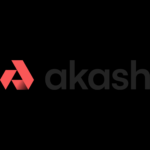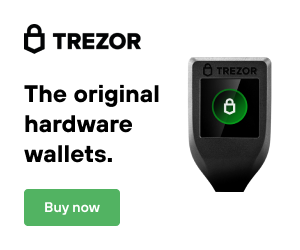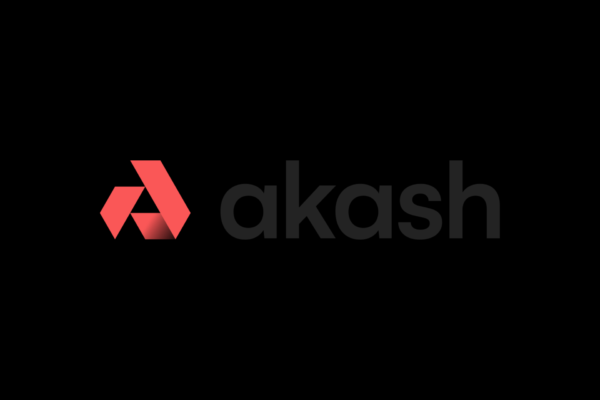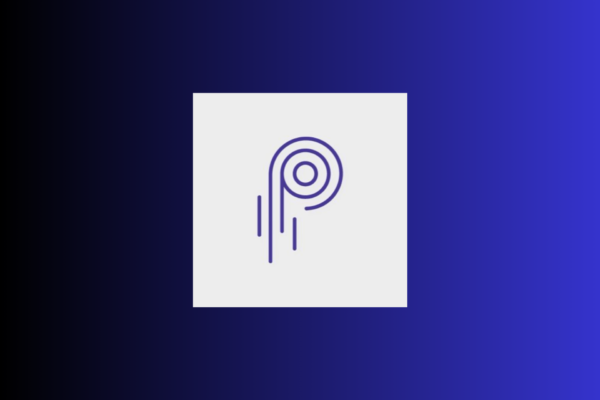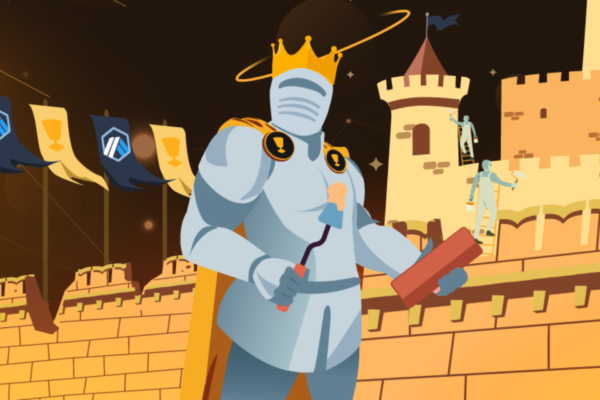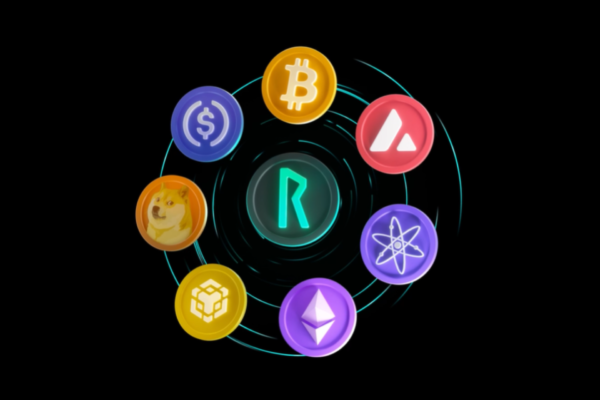A fundamental tenet of our cryptocurrency strategy is to never chase pumps, but we want to get in before projects really take off. To offset risk, this requires us to (generally) buy projects once they’ve shown some life. Oasis (ROSE) has been on our radar for a while now, and as really caught our attention in recent months.
What is it?
We’ve previously covered that the current market narrative involves Level 1 blockchain products with usable capabilities. We’ve seen with SOL and AVAX what happens to these blockchains when their ecosystems start to blossom. Following suit, we’ve been working on identifying the next wave of these projects to follow. Oasis (ROSE) has quickly moved to the top of our list.
Many projects out there are just “copies” with small changes from other successful projects. We spend a great deal of time trying to rationalize why a particular project is different or how it separates itself from other projects it competes with. In the case of L1 blockchains, the value is almost solely derived on what physically happening within the ecosystem. In the case of ADA, for example, we’ve seen significant price stagnation because the development community isn’t picking it up as quick as was expected over the summer. Projects like AVAX and SOL however, have exploded because their blockchains are being use heavily to produce new applications and provide services to users. So – does Oasis (ROSE) fit this bill?
The above image is about a year old. Have any of these projects manifested into usable products? Simply looking at “development” on a project isn’t quite enough to determine if it’s ready to grow. Especially in the midst of a Bull-run like we are in now, we don’t want to be buying projects that aren’t quite ready. What would drive people to “buy” a token if it has no utility? A few checkboxes exist to help us identify if a project is ready for adoption.
1. Does it have a decentralized exchange (DEX)?
Oasis recently announced the launch of Yuzu Swap, its first DEX. DEX’s allow users to convert between tokens on the network that belong to different projects, and without a DEX, most applications are somewhat useless (how can you participate if you can’t buy them?). As some of these applications grow, centralized exchanges like KuCoin, Coinbase (etc.) will pick projects up. The launch of this DEX means that applications being developed can now go mainstream.
2. Are the “highlights” of the project actually important?
Projects that aren’t unique tend to just fade away. These L1 blockchains need to offer development tools and capabilities to attract developers and make them want to build their projects on the network. This is how use and value increase for these projects. Speculation (like ADA) can lead to hype increases, but once the true usability is identified, the price will settle and likely decrease if that ecosystem isn’t apparent.
The above image depicts how Oasis works. It may seem a little “techie” but it’s pretty simple. The overall goal of Oasis is to be scalable, versatile, and privacy-first. Oasis uses what it refers to as its “ParaTime” layer to create an entirely parallel runtime for developers to use that is separate from the consensus layer. Consenus, if you recall, is simply what the blockchain uses to validate transactions and physically build out the transaction ledger. Oasis is unique in that the compute operations are run entirely separate from the consensus operations, which drastically reduces gas and overhead, reducing cost and increasing throughput.
Oasis just announced the mainnet launch of the EVM compatible Emerald Paratime. EVM – Ethereum Virtual Machine – is the backbone of the Ethereum network, which we know is just being destroyed by gas prices and transaction throughput. This Paratime is essentially a set of “code” and functions that doesn’t require running all sorts of calculations and overhead not relevant to the application. They’re akin to standalone programming setups within a large framework. With crypto adoption increasing exponentially, all of these little improvements are essential. Being able to run separately and in parallel means that complex workloads and calculations on one ParaTime won’t slow down faster and simpler transactions on another. Anyone can develop their own ParaTime layer within this framework, too! Oasis is also a proof of stake network, which is common amongst most L1 Blockchains now, too. There are also some efficiency improvements Oasis has built that make it a little simpler than sharding and parachains, too.
3. Tokenomics
This entire discussion could take up an article. We like to see “fixed supply” tokens that are distributed fairly. Having venture capitalists owning large amounts of tokens (and similar) is a detriment to most projects because as large owners, they can destroy the price in an instant. Oasis is a supply capped token that has over half of its supply allocated to staking, ecosystem, and foundation endowments. The supply is distributed over 10 years reducing supply saturation, too. All positives!
4. What new capabilities does it provide?
Here is the big kicker and why I love Oasis’ project. Within the Oasis ecosystem users and companies can monetize (tokenize) data used in the various applications without compromising privacy. This is HUGE because right now, only platform owners (Facebook, Google, Amazon – etc.) are really able to monetize data. Companies pay these services to obtain data, and use their offerings to obtain their own user data. In Oasis, both users and projects can tokenize their transaction data and smart contract data (etc.) and stake it in other applications for money. You. Own. Your. Data. And this is all done without privacy concerns (revealing who you are, having sensitive information tied, etc.). You control how your information is consumed by platforms. The platform has to pay YOU to use your data, if you let them!
5. The last (and one of the most important) piece – Who is developing Oasis?
Lofty goals and cool images are present in every project. The goal of all this is to make people drink the kool-aid of the project and buy it. But – it’s hard to determine if the developers can actually produce what they say they will. This is not the case with Oasis.
Dawn Song is the Founder & CEO of Oasis Labs. She is a Professor of Computer Science at UC Berkeley and has been cited academically over 72,000 times across Computer Science and Security publications… wow!
The remaining Oasis team members comprise developers from Apple, Google, Amazon, Goldman Sachs, MIT, Harvard, Berkely, Stanford… the list goes on. It’s a star studded cast. If anyone can pull this off, they can.
In short – we’re in on Oasis (ROSE). ROSE, Oasis’ native token, can be purchased on KuCoin. ROSE’s market cap is about $1b with the price sitting around $.30 at the time of this article. If the current bull-run continues (which seems likely barring anything crazy), ROSE could easily approach the $5-10B market cap area in short order. In comparison, AVAX and SOL have $26b and $62B market caps respectively. There’s a lot of room for growth here and Oasis seems primed to explode. Oh yeah – one of the investors in Oasis is a Coinbase founder, by the way!

